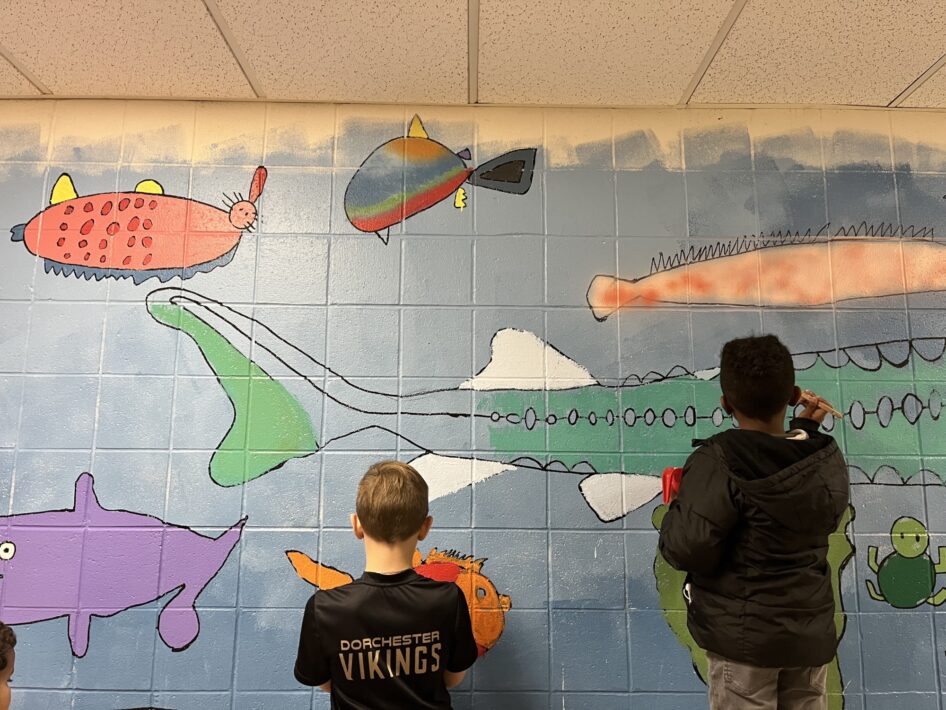The Big Vision: Systemic, Sustainable, and Community-Centered Environmental Literacy
Systemic, sustainable, and community-centered programs meet three essential goals for your district's environmental literacy plan.
Systemic programs reach the entire student population in one or more grades within a school district. They also ensure that the teachers of these students receive high quality professional development to give them the content knowledge and pedagogical skills for implementing that program.
Systemic implementation can be a good way of ensuring these experiences are accessible to all students in a grade level no matter what school they attend or what teacher they have in a given year. Even within this framework there should be opportunities for differentiation in the actual experiences that occur, so they are community-centered. For example, individual schools may select different partners or field sites to provide more culturally and locally relevant opportunities for learning. Programs should be accessible to all students and accommodations should be made to support students with a range of physical, cognitive, emotional, and social abilities.

Environmental literacy programs are the most sustainable in terms of their ability to persist over time when they are embedded into school curriculum and supported with school district resources, rather than when they are “add-on” experiences that require scrambling for short-term funding each year. There are many angles to consider when thinking about sustainability, including but not limited to: location of field experience and potential transportation costs, facility and personnel costs, use of building or campus assets, community partnerships, supplies and equipment, and teacher turnover.
No matter where you are starting, these three goals – systemic, sustainable, and community-centered – are important to integrate as you build programs and draft a plan that articulates these efforts.
Learn how to build an environmental literacy plan with an intentionally systemic, sustainable, and community-centered approach.
